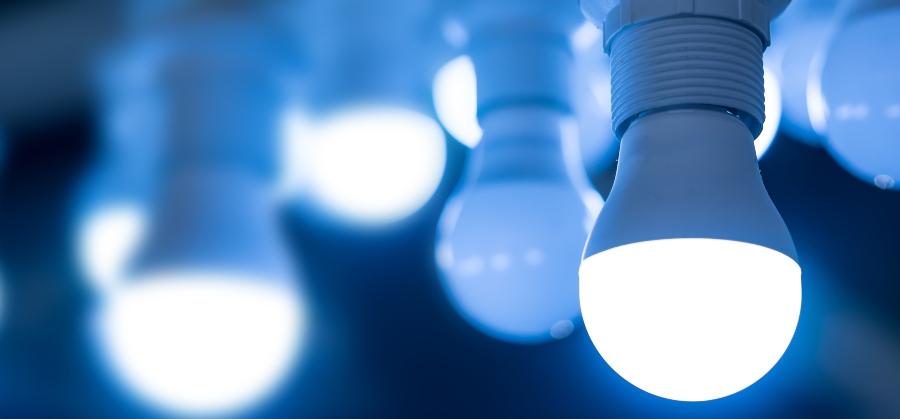Eye protection - lighting

Human eyes develop and grow under natural light. For people, the best light source is scattered natural light. The goal of all "eye protection lights" is to make the lights emit light as close as possible to the characteristics of natural light. In life, the light emitted by most artificial light sources is not stable but flickers rapidly. The common incandescent lamp strobe is generally 50 Hz, that is, the light will flicker 50 times per second. With every flicker, our pupils will shrink and expand once, which will virtually increase the burden of using our eyes, and our eyes will feel tired. The main factors to consider when buying a lamp: 1. Illumination. At least above 300Lux, the greater the luminous flux, the greater the illuminance in the same distance test. 2. Stroboscopic , that is, the frequency of light flashing. If the light flashes badly, you can take a photo or video with the camera of your phone, and you will find that there will be flashes of light on your ca...





